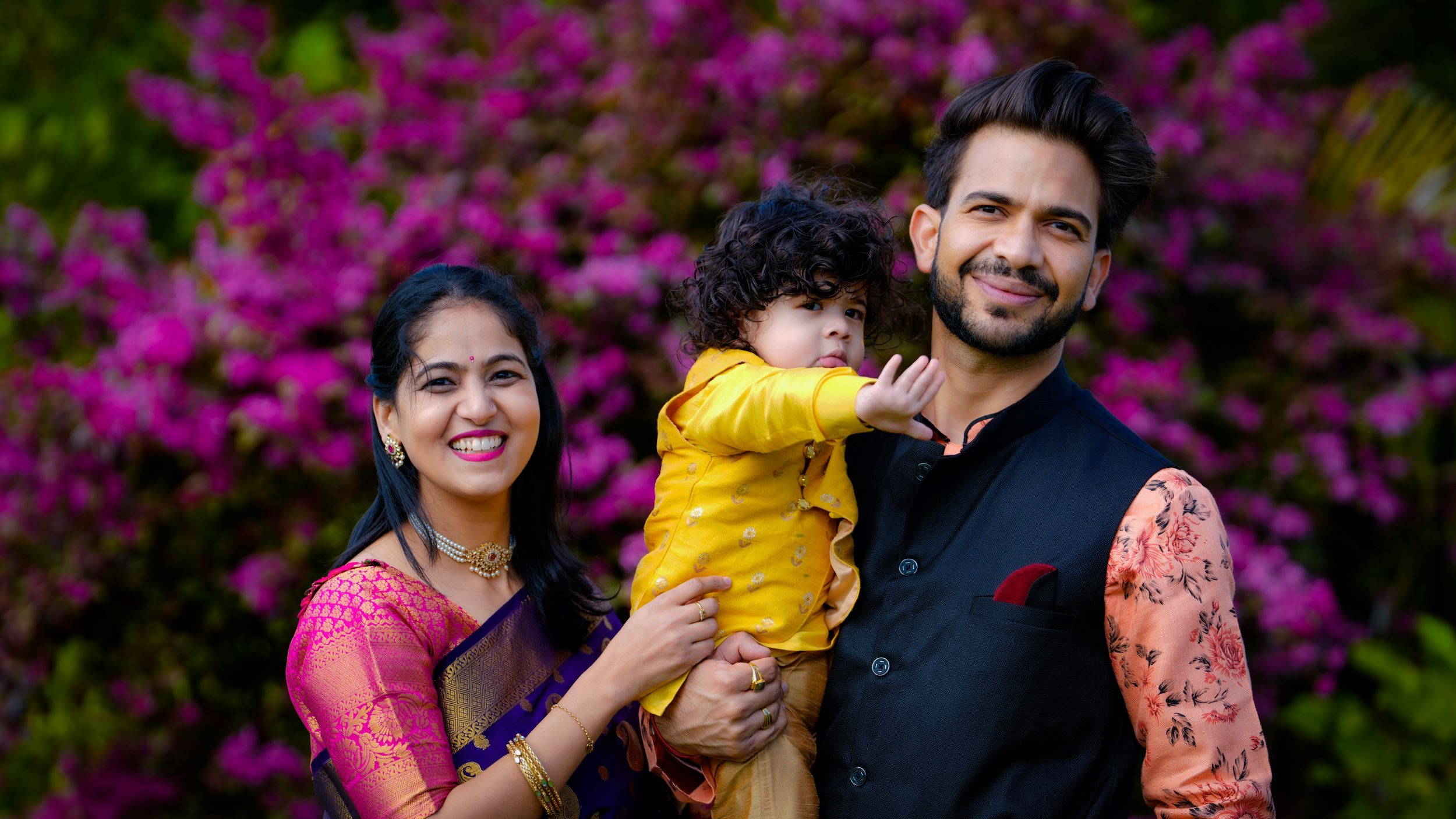We recently welcomed a baby boy into our house, and our joy has known no bounds. The feeling was overwhelming only until people started to ask when we would welcome a second baby. Thoughts about why we are so obsessed with the concept of more than one child clouded my head. Aren’t we the second most populous country in the world already bearing the brunt of overpopulation? Lack of resources, unemployment, and environmental and economic issues are leaving us breathless – the reason for everything being overpopulation. Considering the quality, standard, and cost of living, it’s time that we think of it seriously about the Single-Child Policy. If the Indian government has to implement a policy to curtail population growth, will that even be successful? China has enforced a child policy for 35 years and is facing its impact till date. Now, can India ever implement a child policy?

What is Single-Child Policy?
The single-child policy or the family-planning policy was a program introduced by the government of China to limit the country’s population. Enforced by the National Health and Family Planning Commission in the year 1980, this policy was rolled out by Deng Xiaoping.
The population of China was 540 million in 1949, which rose to 969 million in 1980. This alarming increase in population invited various problems like lack of resources, unemployment, poverty, and standard of living, among a host of others. To prevent the country from succumbing to the effects of overpopulation, the government of China announced a single-child policy in 1979. The main agenda of the policy was to “alleviate social, economic, and environmental problems in the People’s Republic of China”.
How was the Single Child Policy Enforced in China?
Single child policy was considered the most bitter and harsh enforcement ever on the people of China. The way the policy was enforced on the public was even labelled as “draconian”. The families were forced to have only one child, and state officials were authoritarian in its implementation. Violators of the policy were charged with fines in the form of a high “social maintenance fee”. This badly affected the family’s income leaving them in trouble beyond imagination. If the families failed to pay the fine, their jobs landed at risk, their homes were destroyed, and their lands and livestock were seized. Additionally, their children were deprived of the rights and benefits of the state. Sometimes, their child was taken away too.
Forced abortions were performed – an absolute violation of human rights. Women’s rights were challenged, and there was a consistent threat to families’ reproductive freedom. In several instances, the violators were publicly shamed for breaching the family planning policy.
Those who obeyed the policy, on the other hand, were recognized with extra benefits and welfare schemes in sectors like education, housing, employment, and healthcare.
Impact of China’s Policy till Date
After the enforcement of the policy, it was estimated that around 400 million births were prevented. Though there was a considerable decline in the population owing to decreased fertility rate, there were some unexpected consequences that no one saw coming. Being a society where sons are preferred to daughters, the single-child policy brought about a drastic impact on the overall sex ratio. Reportedly, there were 33.59 million more men than women according to the 2016 census.

As only a single child was allowed, there were numerous cases of female foeticide and infanticide. Baby girls were often abandoned, and women were forced to undergo abortions in case they carried female fetuses. Forced abortions and forced sterilizations devastated families. Single’s Day, similar to Black Friday in the US, has become China’s one of the most prominent days. The day is dedicated to the recognition of bachelors who were unable to find partners because of the skewed sex ratio – this alone shows the impact of the single-child policy.
Also, people with more than one child stopped documenting the births of their additional children. For this reason, these children faced a host of problems later in their lives, from receiving education to finding work.
The country’s birth and fertility rates went so low that today, people are least interested in getting married, let alone childbearing. Because of this, the aging population rose in number, and the working-age population declined.
Also, for every young individual, there are two parents and four grandparents to feed and take care of. Obviously, this came with its own economic strains. Even after lifting the policy that freed families from 35 years of restrictions, China couldn’t come out of such after-effects.
Single Child Policy in India – the Advantages
The exploding population has been a concern for India for decades now. Problems like lack of resources and increased unemployment, among others, have been the effects of overpopulation. To address these problems, the Indian government introduced awareness programmes and campaigns like Hum Do Hamare Do and later Hum Do Hamara Ek. However, these awareness programmes proved to be futile, considering India’s largest share of the illiterate population.
Considerable reforms and policy implementations are the need of the hour to curtail population increase. Strict government actions and policy enforcement can check population growth. However, India isn’t yet introducing a single-child policy like China did. Why?
In different instances, when people from various sectors were asked about their opinion on the single-child policy, varied responses were received. Educated populations from the urban and semi-urban regions are on the same lines. They don’t want to give birth to a second child owing to reasons like cost of living, high costs of education, healthcare, etc.
“It’s enough if we raise one child and offer quality life to them instead of struggling to provide for multiple children and ending up providing partially to all of them,” said a mother from one of the Indian metropolitan cities.
“It’s important to have more than one child. Else, the single child becomes lonely and grows up with the least survival skills. Also, having more than one child helps them share the burden of elderly parents. Children who grow up with siblings are more socialized and confident. What is the situation of parents in case something unexpected happens with their only child?” said a man from a semi-rural area of India.
Another opinion in favour of more than one child from one of the rural families is representative of the collective opinion of a majority of people in the country. “What if the single child is a daughter? She leaves for a different family after marriage and her parents are left alone in old age. Also, the family name cannot be taken forward. There are high chances of losing family names in such cases”.
Minority groups have their own argument. “Single child policy is an attempt to eliminate our identity forever. Minority groups should be exempted from this policy, else there are chances that we might lose our existence in totality”
With mixed opinions of this sort, will India ever be able to enforce a single-child policy like China did? What are the problems?
- Protests from opposition parties, small and medium ethnic groups, social organizations, religious bodies, human rights authorities, and welfare communities are likely to pop up if the government proposes a single-child policy in India. Designing a policy that can convince everyone is a herculean task. With opposition from political parties, the bill cannot be so easily passed.
- Traditionally, India is a country where the priority is for a boy child. With the single-child policy, it is quite obvious that there will be increased cases of illegal gender determination, forced abortions, female foeticides, and infanticides. There will be a huge imbalance in the sex ratio. This leads to increased kidnaps, sex trafficking, bribing and buying girls and women from poorer communities, etc.
- Implementation of a single-child policy can also impact the amount of potential workforce or labour in the country. Shortage of workforce in turn, affects the economic growth of the nation. In a country where the per capita income of Indians is on average at 1.90lakh INR, imposing fines can become tough on individuals. Imposing fines according to the financial condition of individuals can be challenging. It might lead to complaints of injustice, causing civil unrest.
- Above all, India is one of the biggest democracies. So, the government can only bring about change in democratic ways but cannot ‘enforce’ laws upon its people like China did.
- Most importantly, India is witnessing a declining population growth rate every passing decade and a lower life expectancy of 69 years on average. In view of this, the implementation of one child policy can lead to a sudden decline in population in the years to come.
What are the Ways to Implement this Policy in India?
India must learn from China’s example about how not to implement the single-child policy. The forceful imposition of the policy on the people can only lead to unrest. There’s a dire need to promote voluntary family planning services in preventing unplanned pregnancies. Extensive awareness activities are to be conducted to promote gender equality. Women education and empowerment play a key role in understanding gender issues and developing mutual respect. Providing quality education, healthcare and skills to the country’s population in order to make them productive and self-sufficient is the key to population control. Young individuals who are skilled and self-aware make the right choices about childbearing and safe pregnancy practices. Investing in young people is important to support the ageing population too. Alongside making them self-reliant, providing proper nutrition is also vital for their good health and well-being.
We cannot ignore the fact that some Indian states and municipalities already passed a bill according to which people with more than two children cannot seek government jobs and don’t qualify to enter politics.

It is extremely important to implement the policy in urban areas first and test its demographic effect. Relaxations, wherever possible, must be provided to make the policy convenient for the public. If need be, changes should be made accordingly in the policy in each Five Year Plan. Though the one-child policy is important to control the population and countering the effects of overpopulation, its implementation should be carefully planned and executed. Practically speaking, we can only implement the policy in more friendly ways than enforcing it on people. Educating about current employment opportunities, the availability of resources, the extent of carbon emissions etc., can slowly change the mindset of people. Strict enforcement can only lead to disapproval and resentment.
However, present-day Indian women are inclined towards smaller families and are reluctant to bear more than two children. Most of them are happy with one child as well. Having said that and considering the reproductive choices of women who are opting for surgical contraception after one or two children, it can be said that the nation is already walking towards smaller families, and the government has got very less to do with introducing population control policies.













